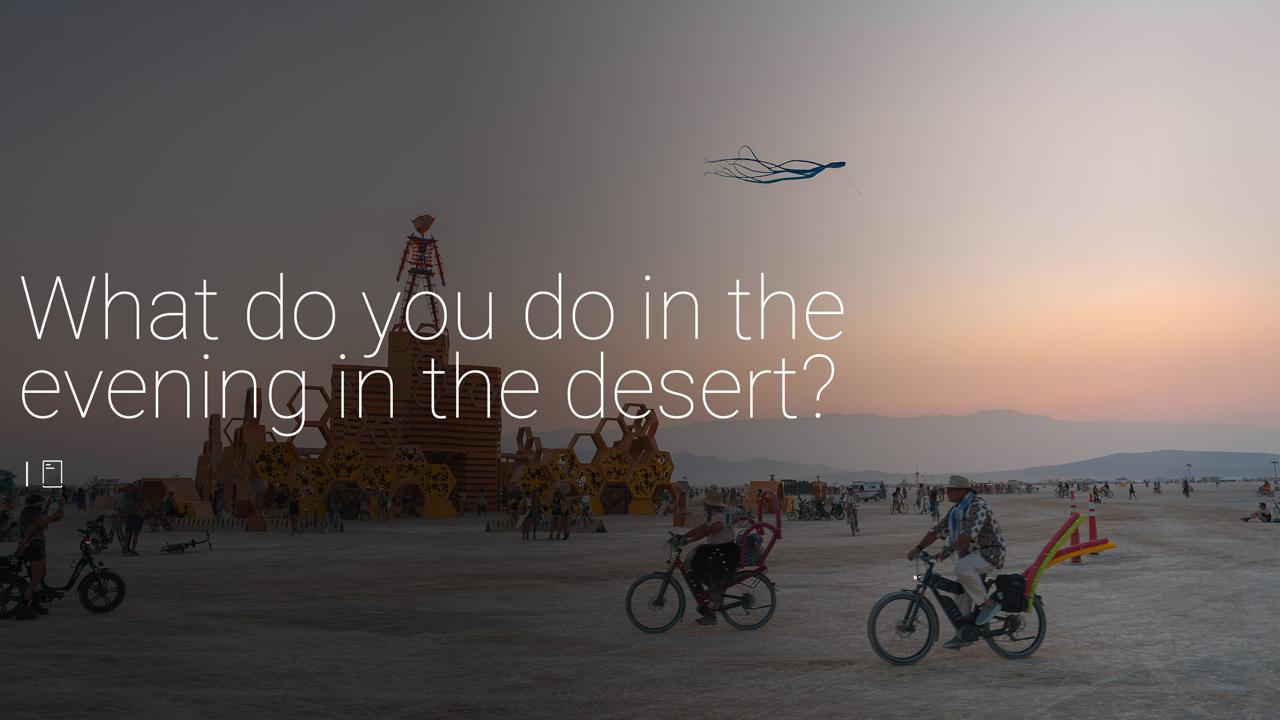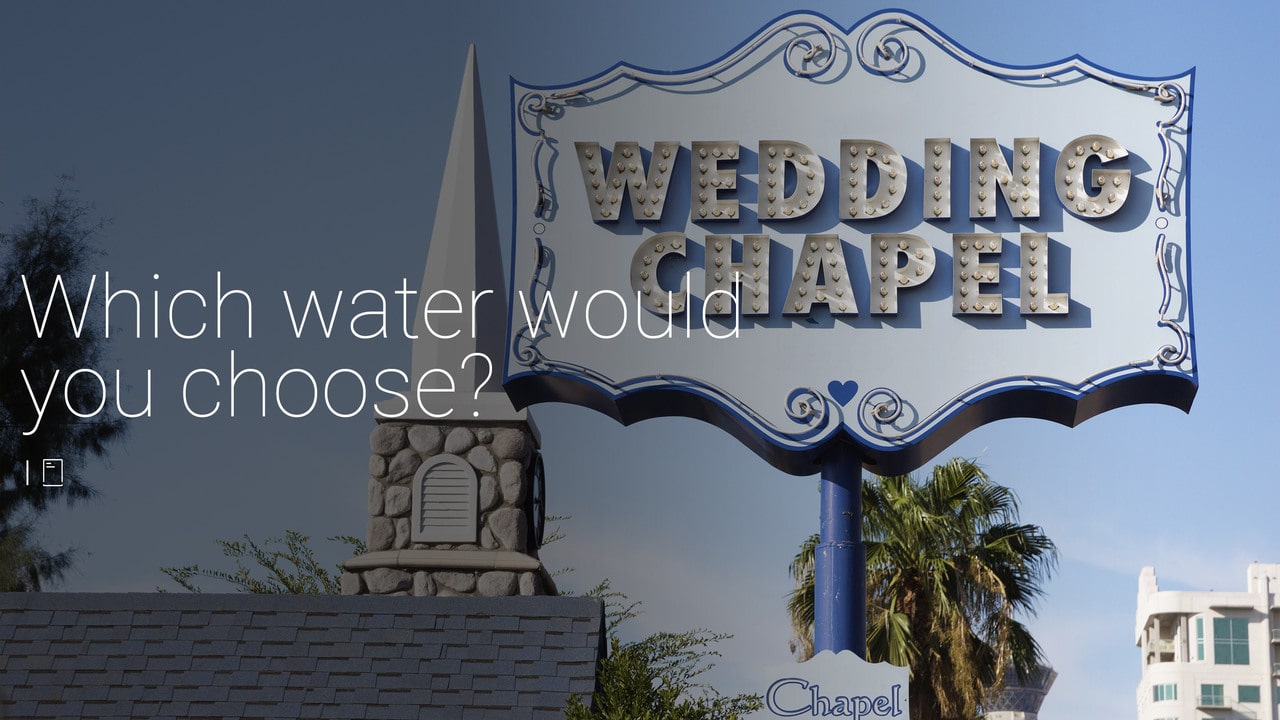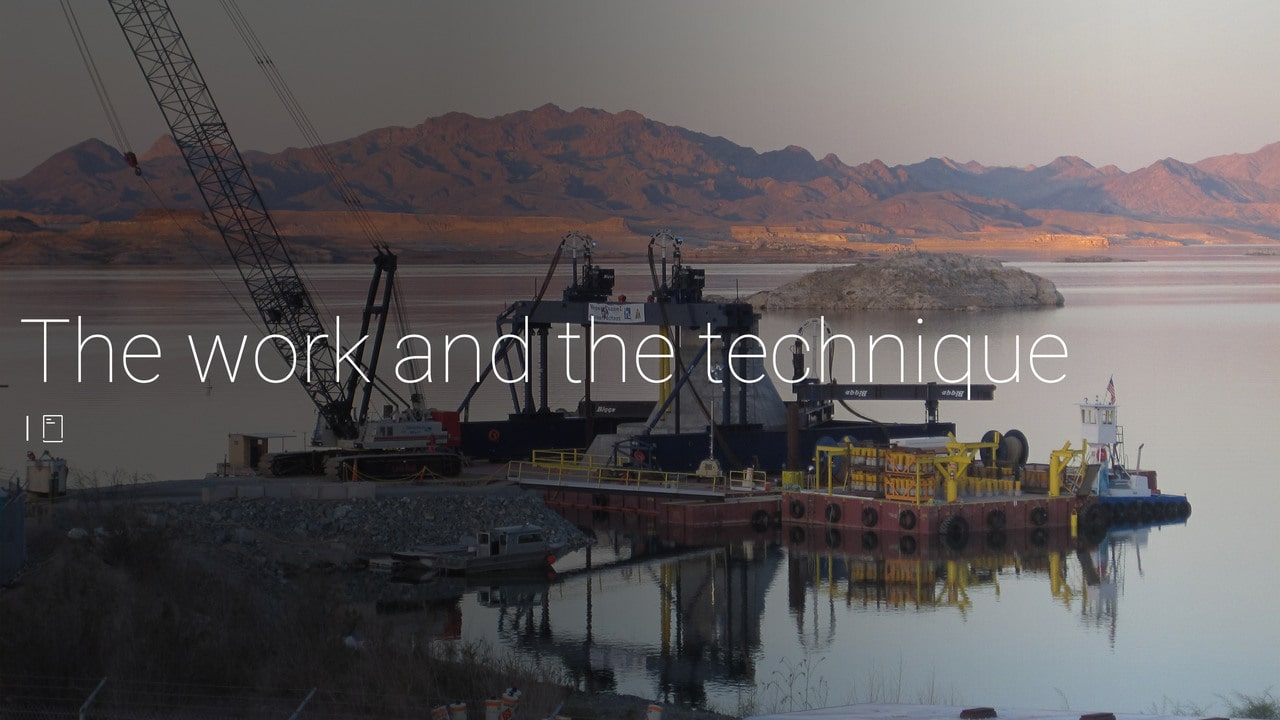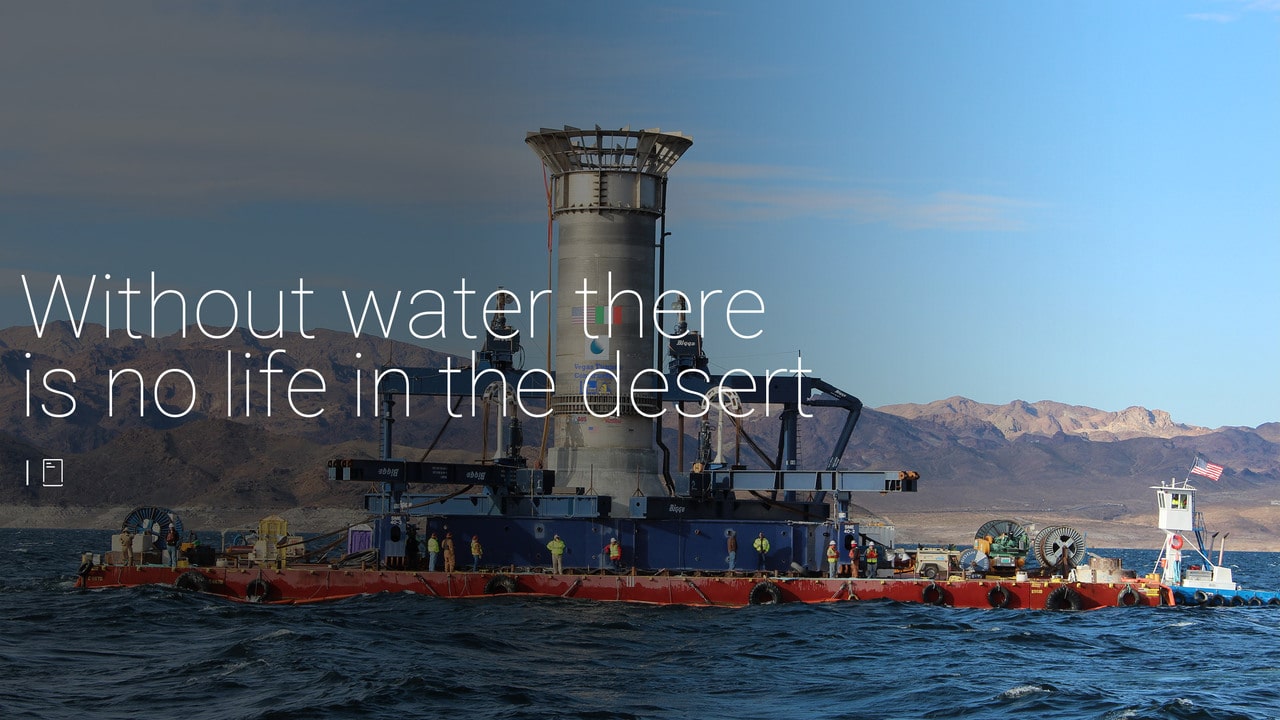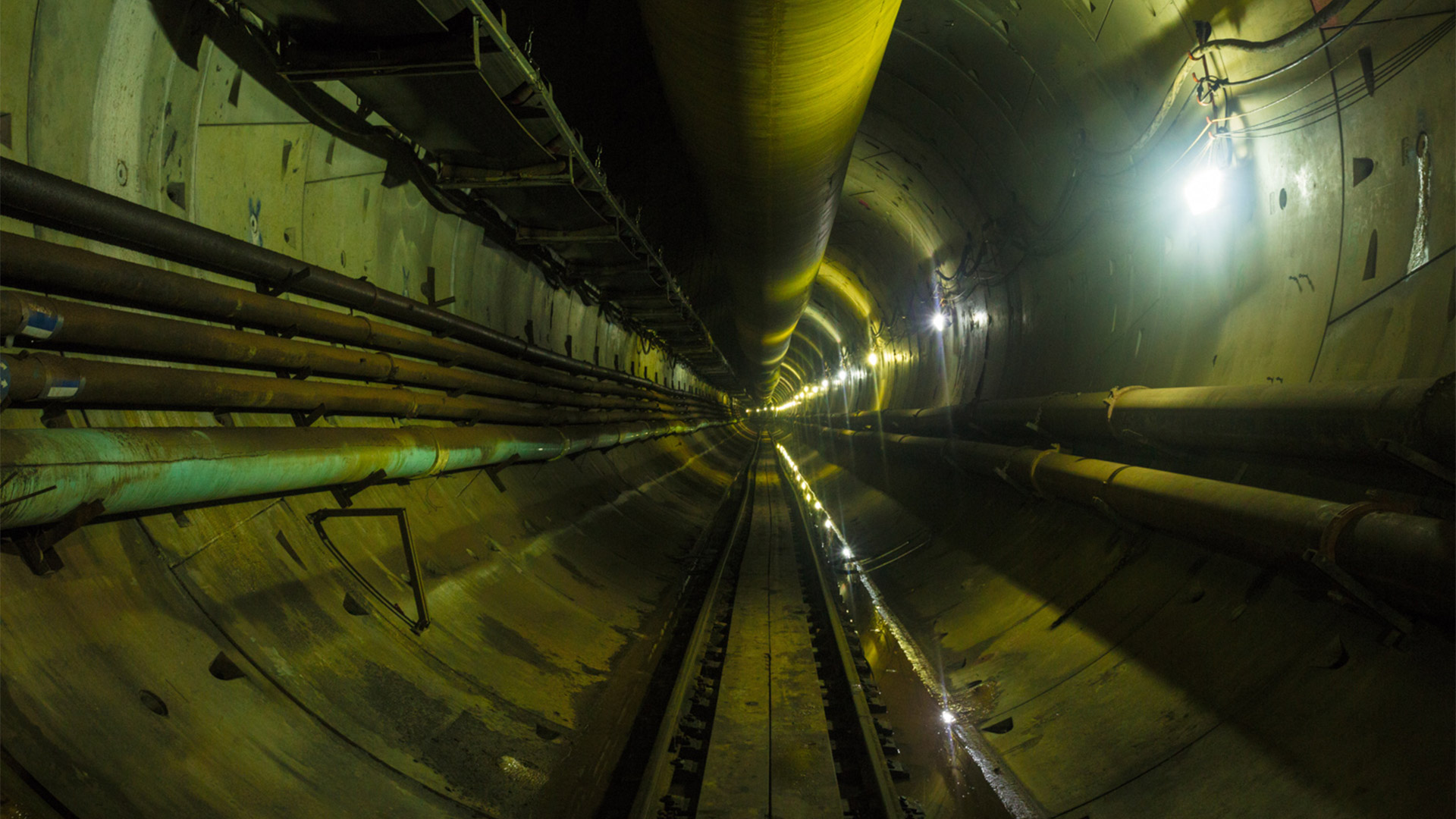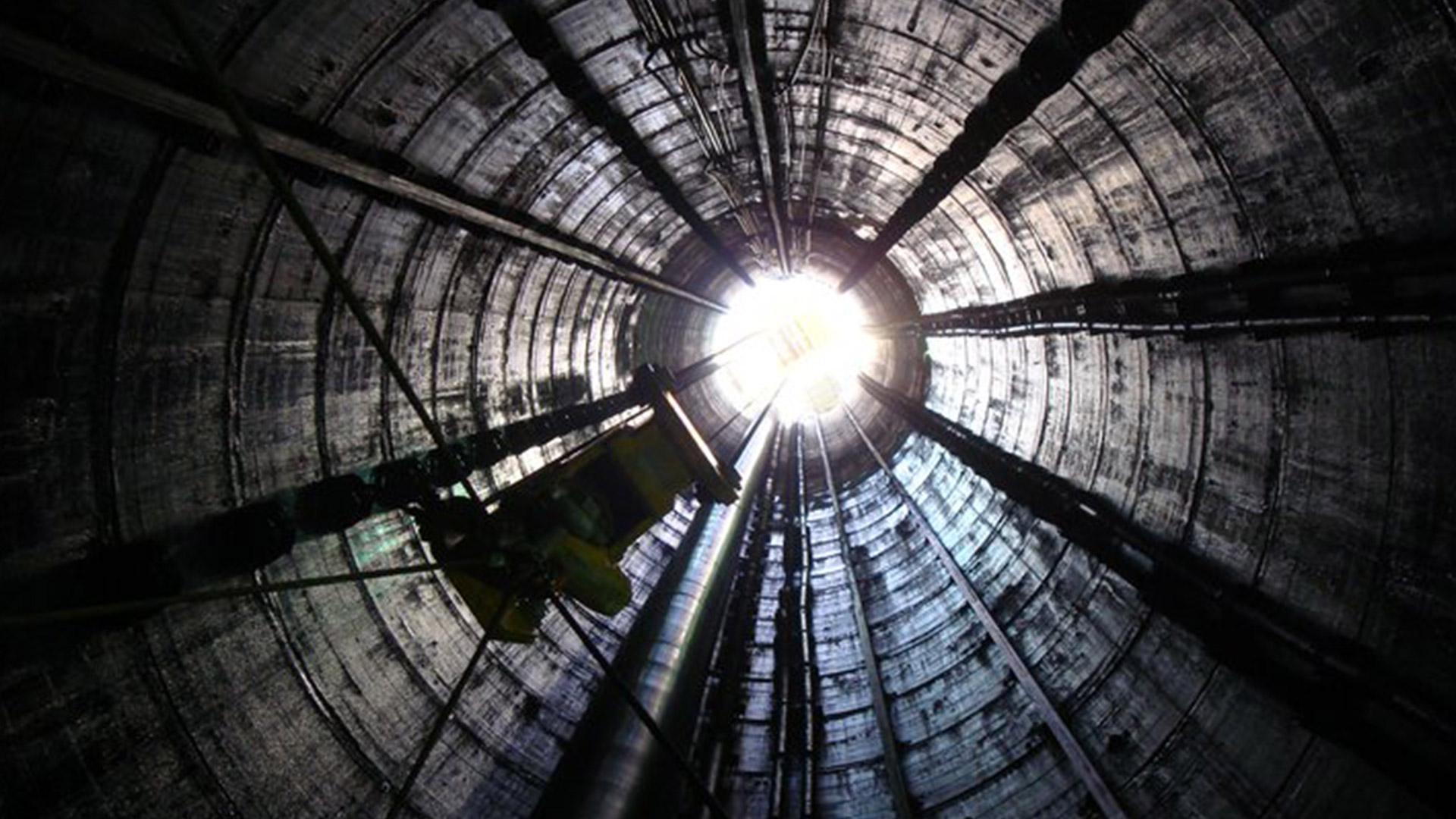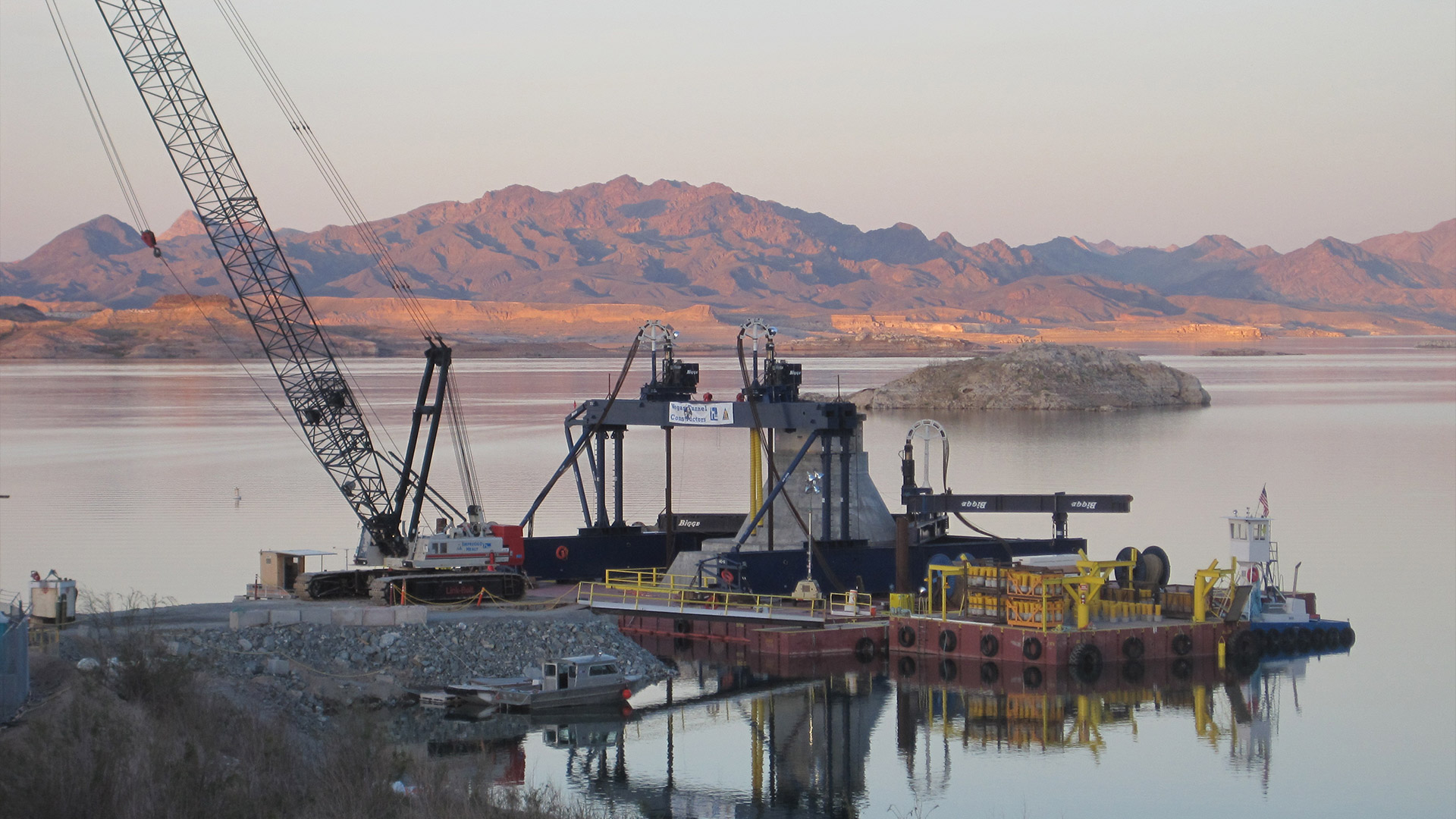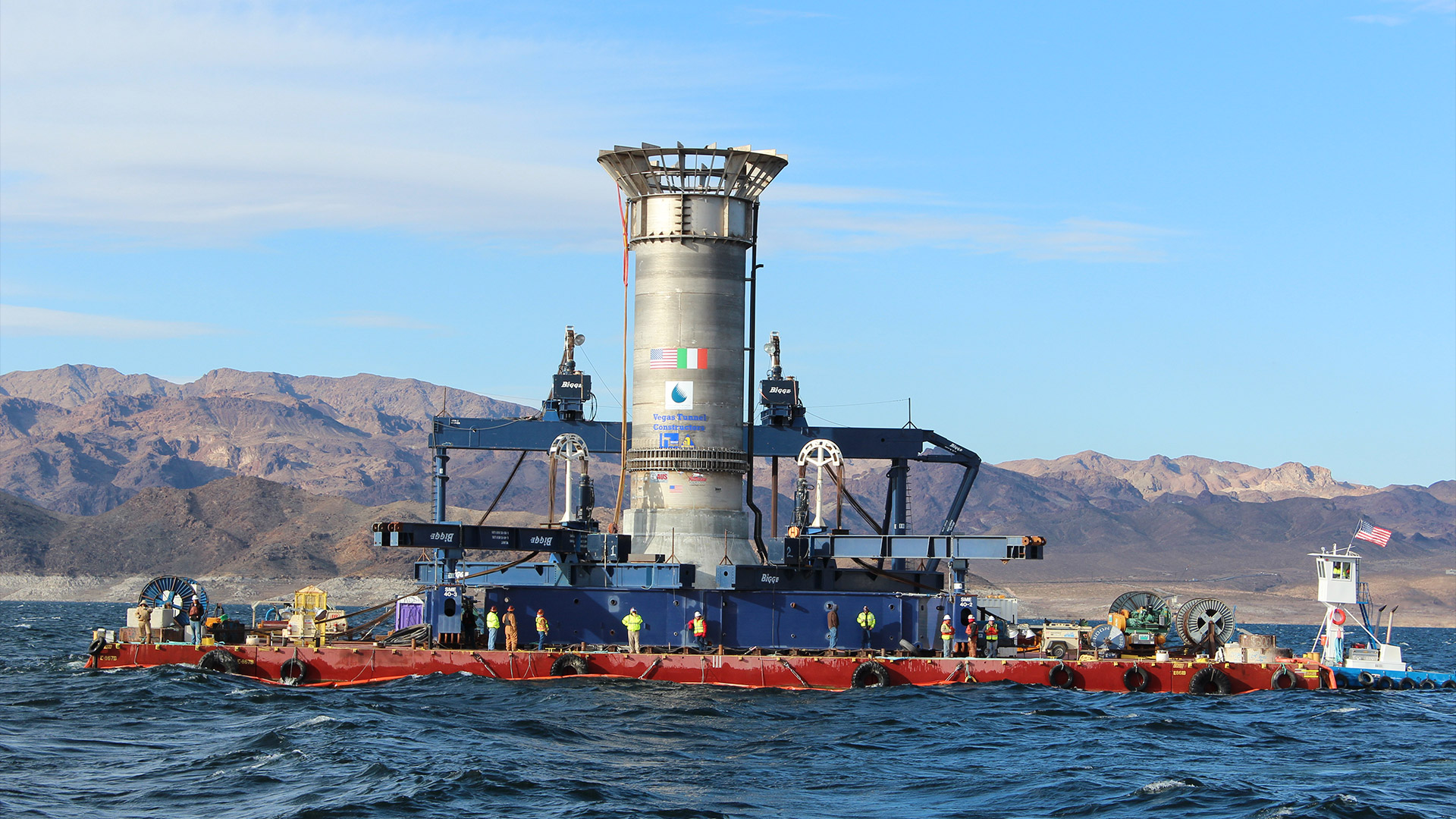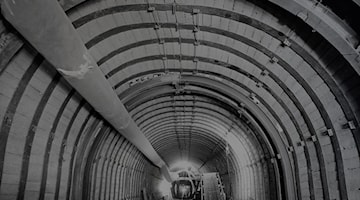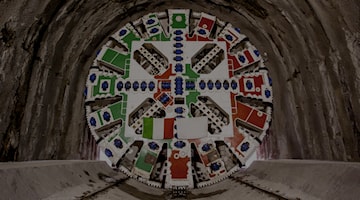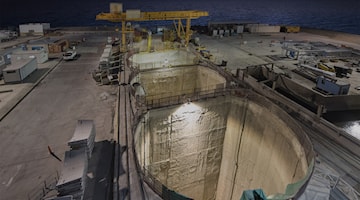A high-pressure work of art
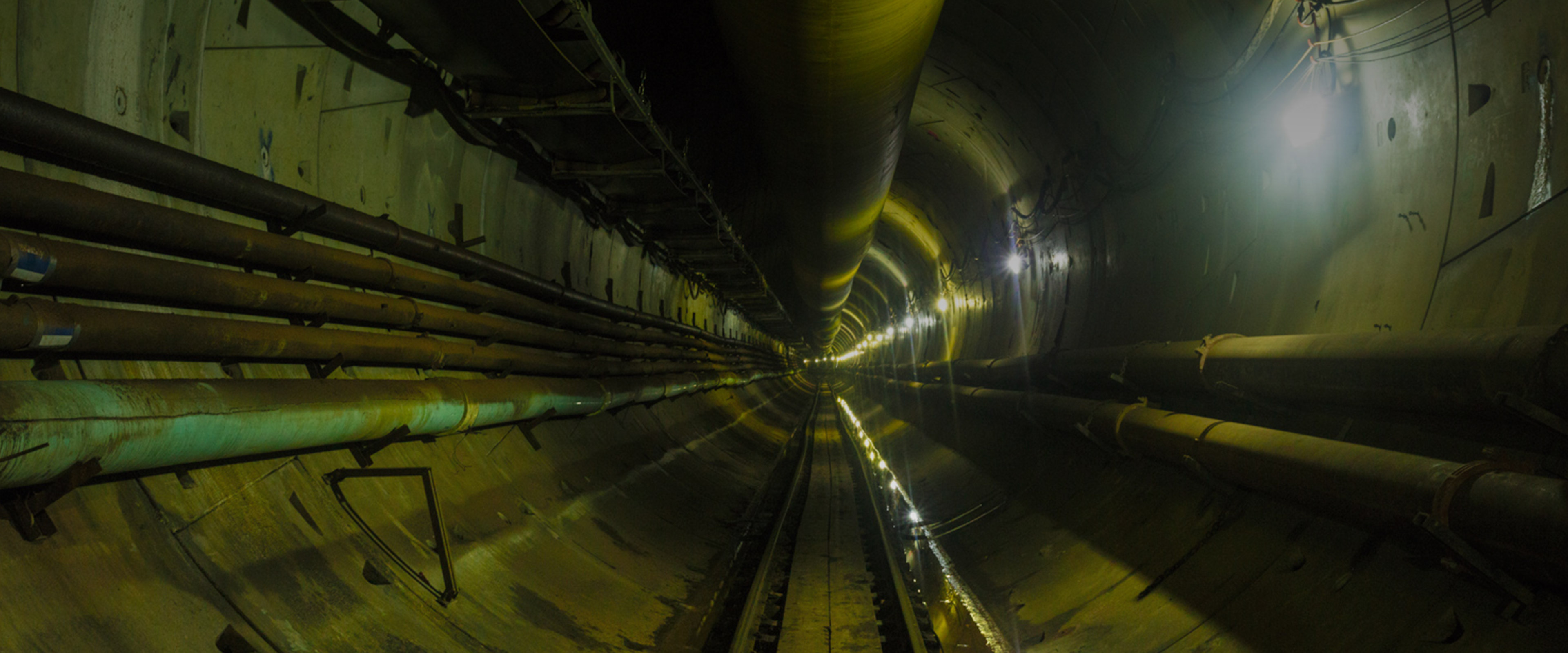
LAKE MEAD INTAKE HYDRAULIC TUNNEL, USA
“What happens in Vegas, stays in Vegas”. This is how we learnt about the gambling Mecca. And many think of this district as an enormous playground. But is it truly only this? No. It now can boast a premium university facility, and is a reference point for contemporary architecture, while also being the place where many high-tech companies are located. The are many permanent residents now despite the city being in the desert, with extremely high temperatures in summer and very cold ones during the winter.
Climate changes hugely impact the area and Lake Mead, the largest artificial lake of the US that provides Las Vegas with 90% of its water, continually lowers. So, the Southern Nevada Water Authority asked Webuild (previously Salini Impregilo) to accept one of the most difficult engineering feats ever to be met: building a new Intake (the third) to overcome the water shortage issue.
A tunnel, whose construction foresaw a very complex technical challenge, which was dealt with by using engineering solutions that allowed workmen to carry out their activities with a water pressure above their heads three times greater than standard. This tunnel, built between 2008 and 2016, increased by 4.5 million cubic metres per day the water used for drinking and cooking purposes and for domestic ones by 2 million people.
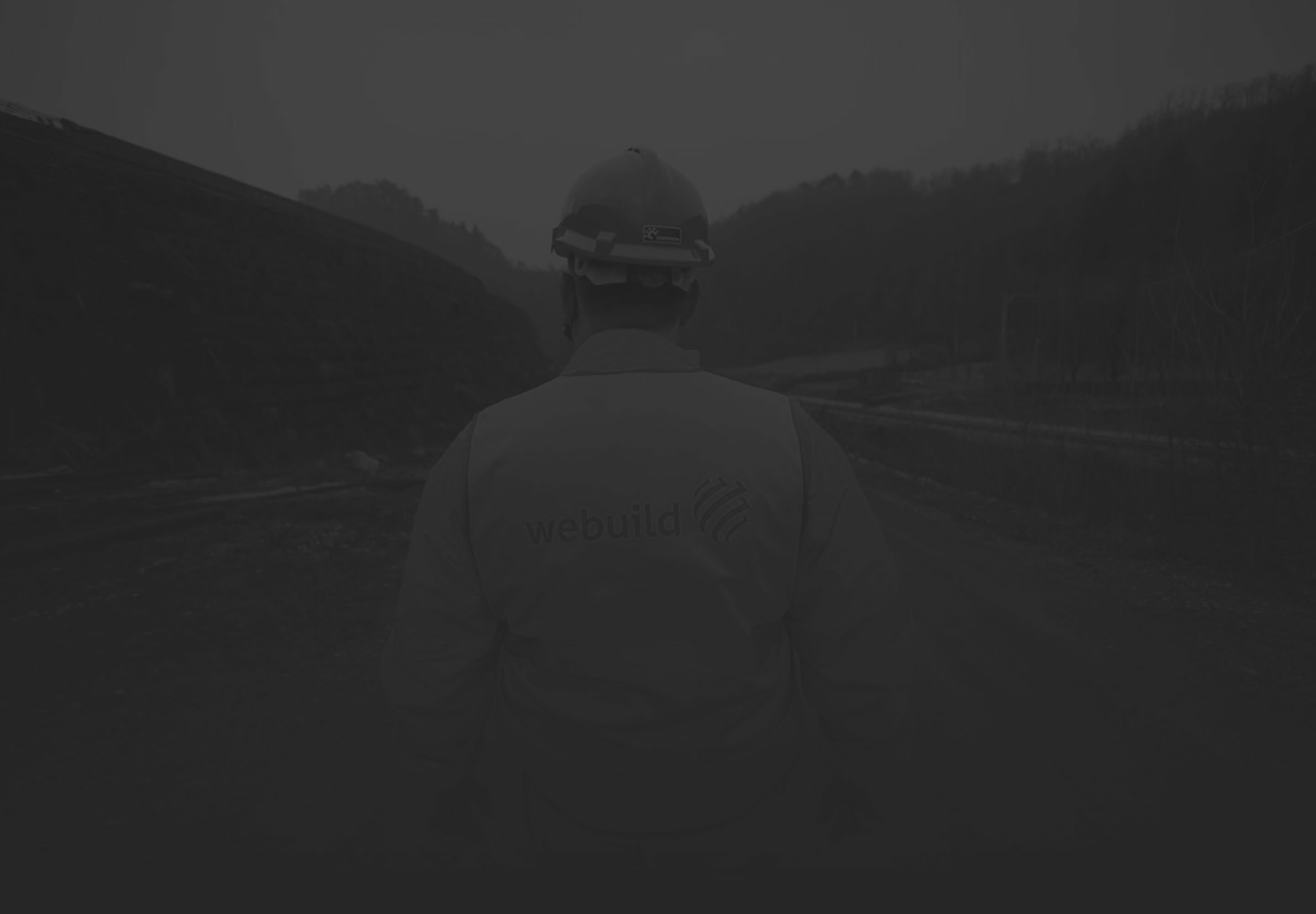
THE WORK AND THE TECHNIQUE
KM TUNNEL LENGTH
METERS EXCAVATION DIAMETER
M³ WELL EXCAVATION
M³ TUNNEL EXCAVATION
M³ UNDERWATER EXCAVATION
M³ STRUCTURAL CONCRETE
MILION PEOPLE SERVED (IN NEVADA, ARIZONA, CALIFORNIA)
Southern Nevada Water Authority - SNWA, Las vegas, Nevas, U.S.A.
Salini Impregilo (now Webuild) through the joint venture "Vegas Tunnel Constructors" with its U.S. subsidiary S.A. Healy
Tunneling Achievement award of the Year (2016) from Tunnel Business Magazine
Project of the Year (2015) from Tunneling Association (Switzerland)
Project of the Year by British Tunneling Society's New Civil Engineer (NCE)
Engineering Excellence Award from the American Society of Civil Engineers (ASCE) for Nevada
In March 2008 Webuild began work on the new purification plant which involved the construction of a hydraulic tunnel and an Intake to be installed on the bottom of Lake Mead at a depth of 262.128 metres.
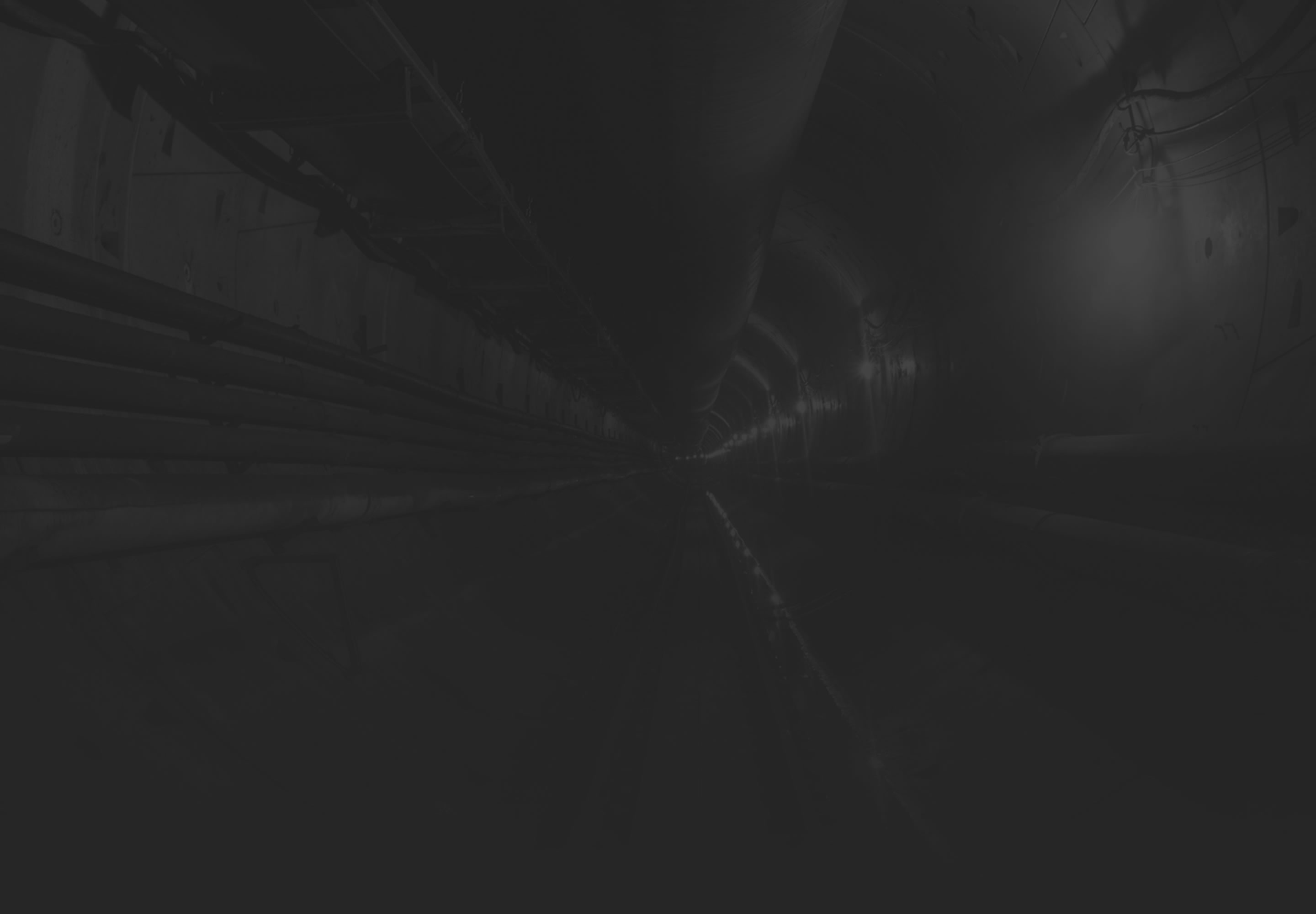
CULTURAL INSIGHTS
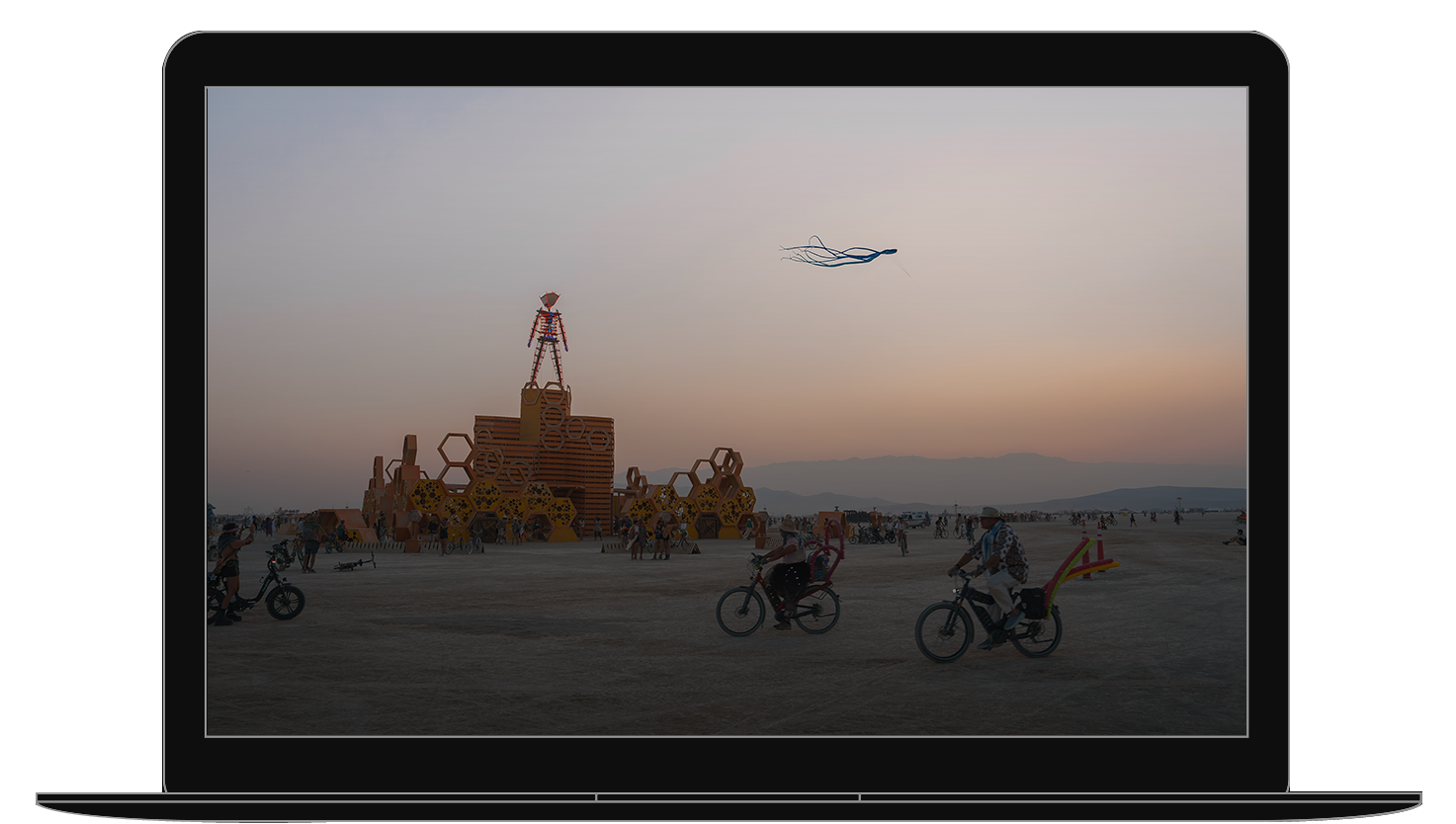
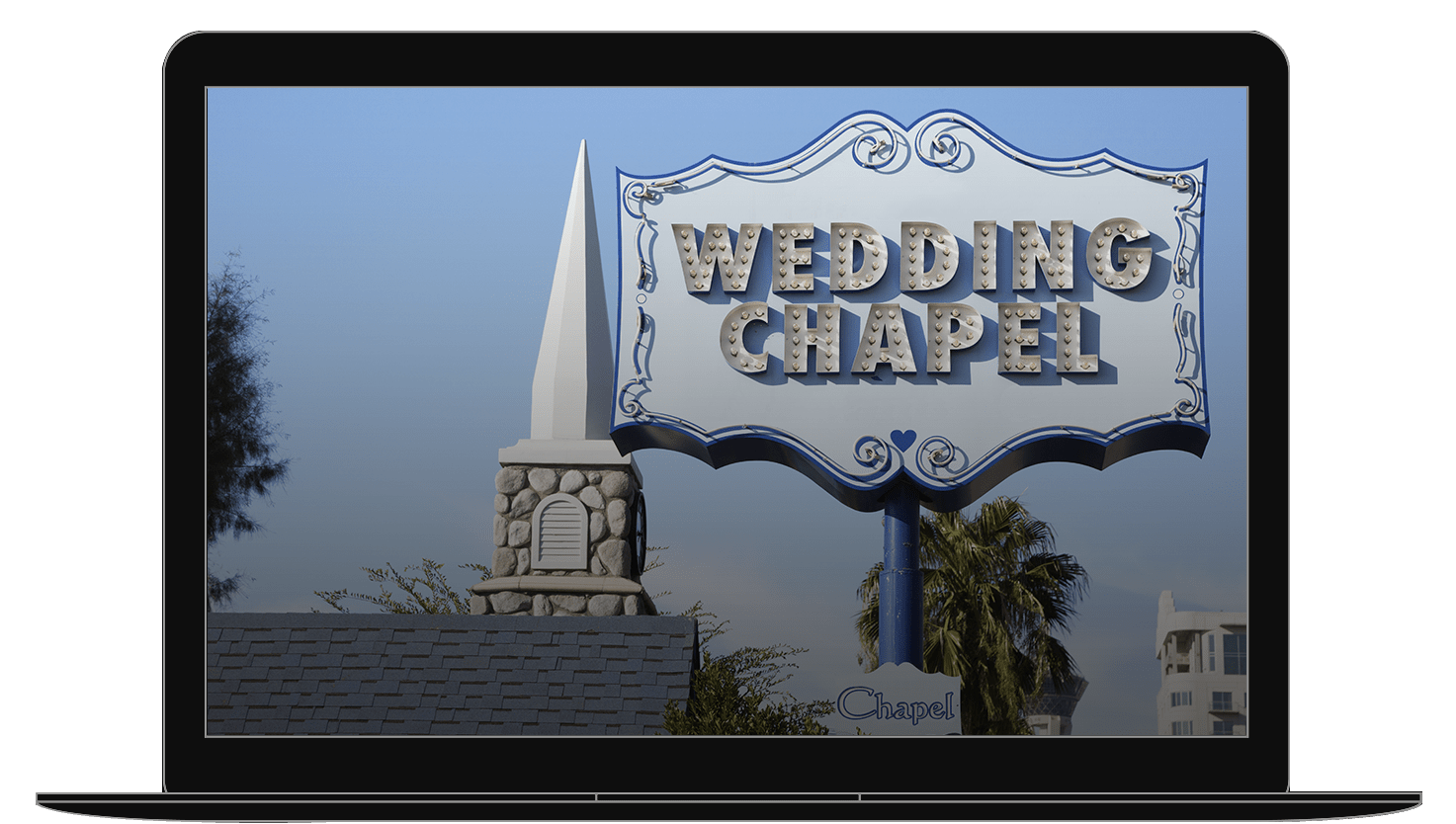
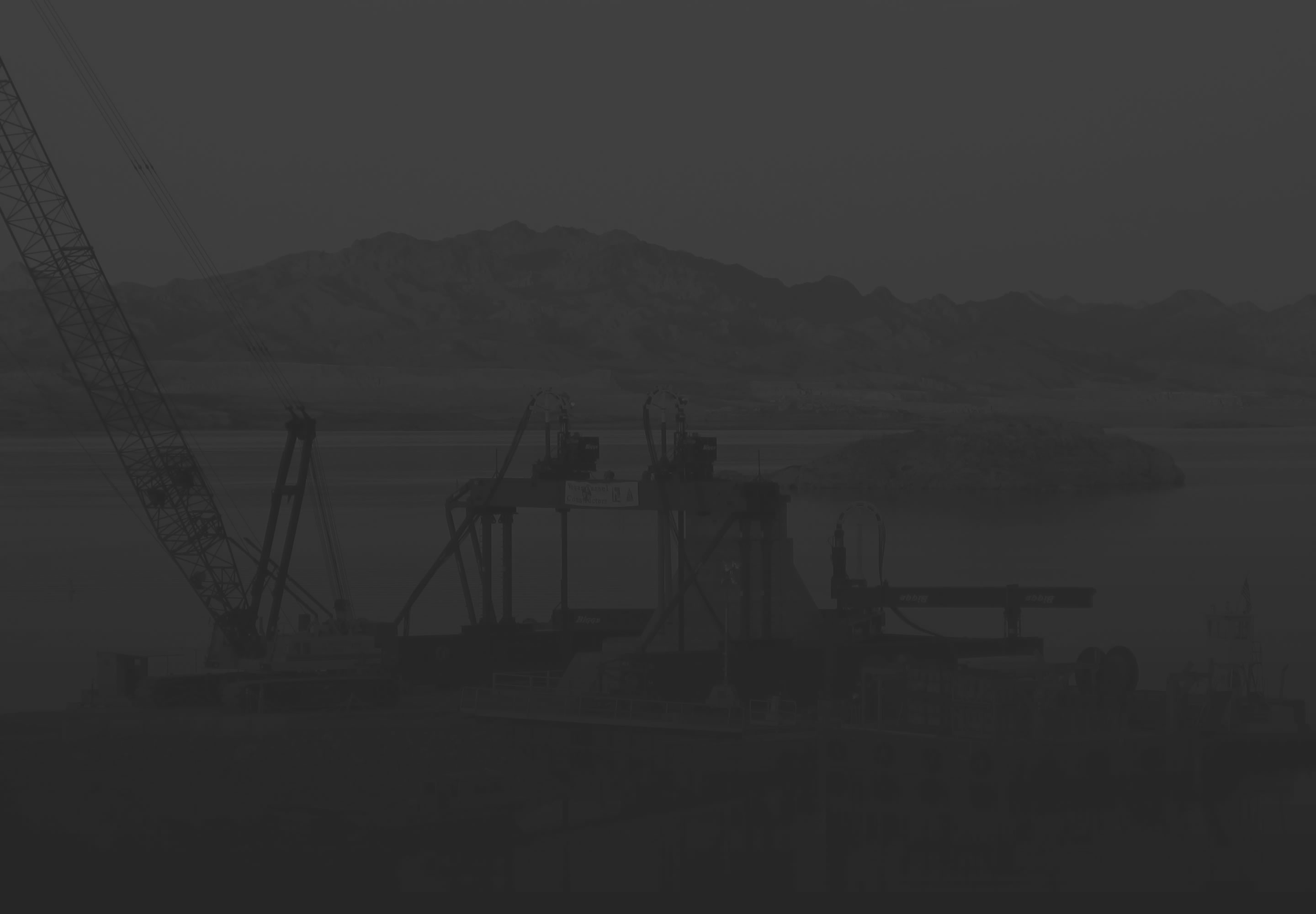
Without water there’s no life - in the desert
Las Vegas is in the heart of the Mojave Desert, an area characterized by the presence of a number of springs - it is an oasis - that Spanish explorer Antonio Armijo discovered in 1829, 26 years before the state of Nevada became a U.S. state, since until then it had belonged to Mexico.
Except for isolated settlements of Mormon communities, it was not until May 15, 1905, when construction of the railroad began, that the eponymous village of Las Vegas was born and has not stopped growing ever since.
In fact, it is the metropolitan area with the highest population growth rate in the United States in the second half of the 1900s. But in the desert without water, there can be no life, or economic development: in fact, in the past 20 years, when the Lake Mead development was planned, the city has posted annual growth rates of more than 3 percent: the Las Vegas Metropolitan Area in 1950 had 35.000 residents; 240,000 in 1970; 438,000 in 1980; 708,000 in 1990; 1,326,000 in 2000;1,903,000 in 2010; 2,699,000; in 2020 reaching a record 2,953,000 residents; in 2024, an increase of 1.86 percent over 2021.
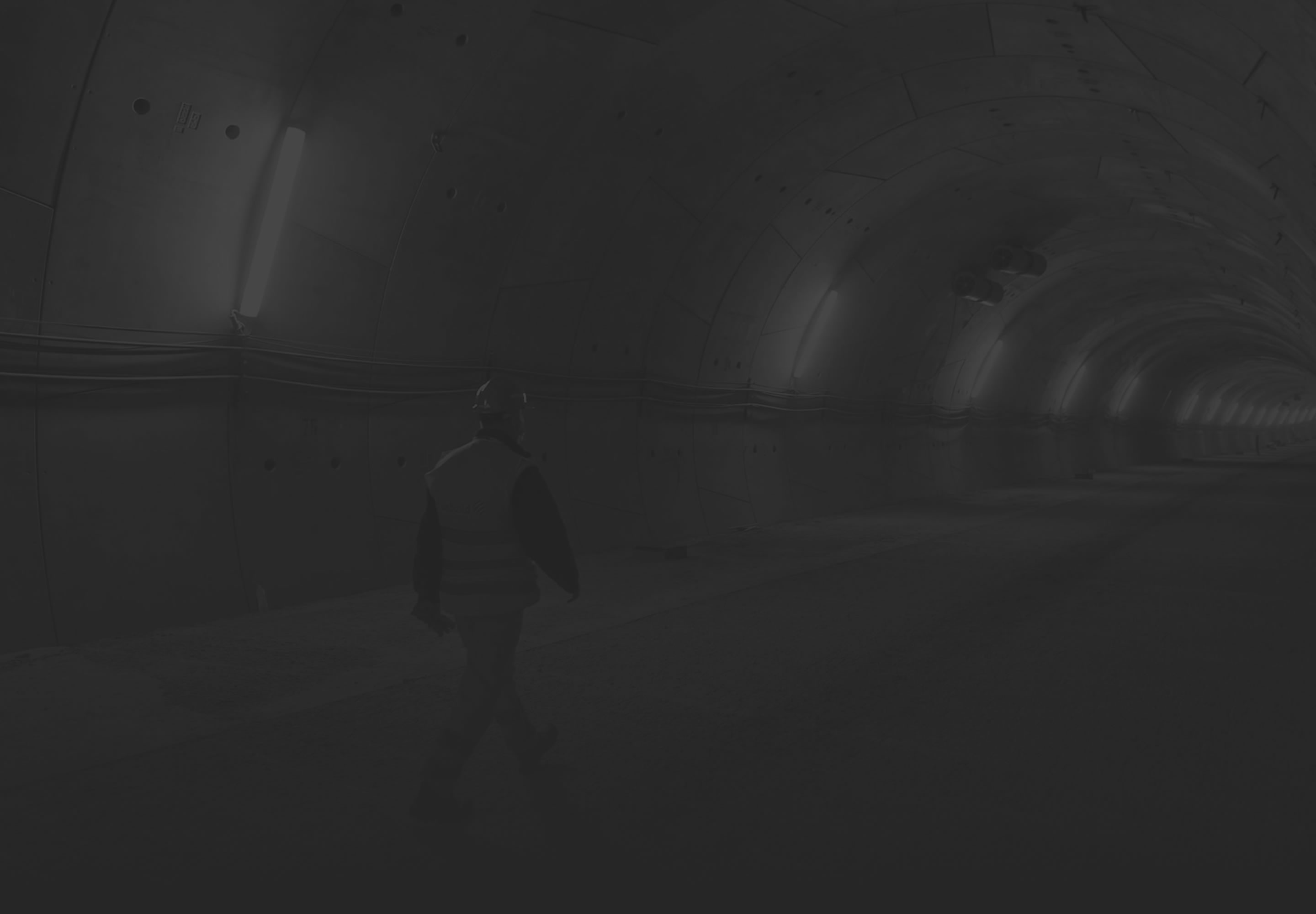
Not just the military and slot machines
Las Vegas has developed in new directions: it is no longer Nevada's urban outpost home to major military bases or just a gambling mecca (although in 2022, 75 percent of visitors said they played there).
It has become the city of leisure (there are more than 150,000 hotel rooms, with thousands of musical and theatrical performances) and entertainment (Las Vegas welcomed 41,676,300 visitors in 2024—a 2.07% increase compared to 2023). The city has also been immortalized as a cradle of postmodern architecture in the seminal text Learning from Las Vegas.
Today, it is also home to university campuses (the University of Nevada Las Vegas alone has over 30,000 students) and top-notch medical services, as well as a variety of tech companies for an increasingly settled population-despite its image as an "unsustainable" place-to gradually reduce its economic dependence on tourism trends: each month that Nevada's tourism industry closes results in $4.7 billion in economic losses.
You could also be interested in






